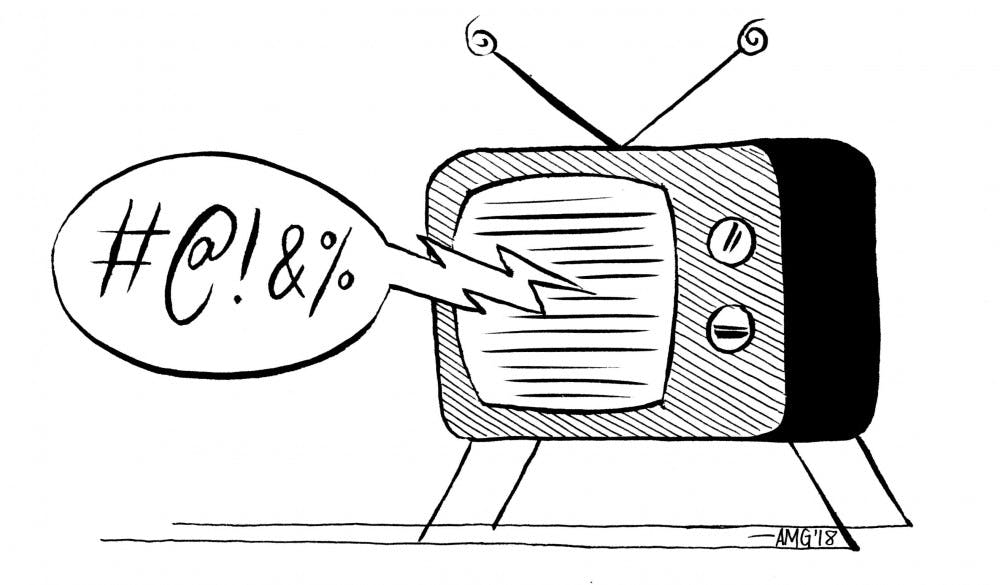You only need to watch the first ten minutes of Scary Movie to make two very clear observations. First, you realize that a campy parody like this is going to rely on an abundance of overplayed gags, many of which will hit, and a handful that won’t. Second, you will remind yourself that no one could ever get away with making a movie like this today. The film’s mockery of intellectual disability is practically unwatchable, as are the abundance of sophomoric closeted–gay–man jokes. Is the film entertaining? Absolutely. But to me, someone who was much too young to watch it upon release, it already feels like a cultural relic less than two decades later.
A lot has changed in the 18 years since Scary Movie was released, and many comics feel that the public has lost touch with the soul of their craft because of those changes. When a joke rubs someone the wrong way, it isn’t uncommon to see them package up their feelings on the matter through tweets or online essays. Every individual’s response is driven by their own experience or personal relationship with the subject matter. With this in mind, who should determine where the line of offense is drawn?
I propose taking a step back and looking at humor contextually. What's its purpose? Who does it serve? Needless to say, just because something makes someone laugh doesn’t make it okay. Cruelty can make people laugh; a joke can be the first stepping stone in an ugly chain of hatred. But, in many cases, the key to finding balance on the edge of an offensive joke is about keeping it smart and making it hit the right chords. Offensive humor can’t be deemed passable just because it’s funny—an initially benign joke can become something sinister if it isn’t executed properly.
What came off as passable in Scary Movie can be judged against the far superior, though seemingly problematic, satire Tropic Thunder eight years later. One could argue that the latter took more risks, particularly in the use of a form of blackface on Robert Downey Jr.’s character Kirk Lazarus—a method actor who undergoes plastic surgery to portray a black man in the film within the film. But much of what made Ben Stiller’s comedy a critical success was the context in which these satirical gags were pulled off. Tropic Thunder aimed to satirize the film industry, and with it the excessive nature of method acting, award–baiting transformation roles, and the use of white actors to play people of color. Even so, it’s difficult to picture something as heinous as blackface in such a recent film.
It isn’t fair to say that, simply because Tropic Thunder is self–aware, one shouldn’t be offended by a reference to an understandably painful piece of cultural history. Offensive humor may not even be the best word to describe comedy that dances on the line of what is acceptable, as its goal is not to offend outright, but rather to tease audiences. We all draw the line somewhere—playing with that line is something comedians do to get us to think. To discuss comedy with an open mind and in the appropriate context is what a satire like Tropic Thunder encourages audiences to do.
Eschewing ignorance and looking at every piece of comedy in the context of our flawed system doesn’t necessarily mean rejecting it on the basis of political incorrectness. One can be socially aware, while simultaneously accepting that being a little bit offended is okay. The so–called “War on Comedy” will likely pressure comedians into being smart with their provocative humor. Good jokes tend to bite into some kind of truth, and the truth is that there is a lot about the way we live and the world we live in that is wrong. Humor that challenges us to recognize that, even if it makes us feel a bit uncomfortable, has its place. While it’s important to know where to draw the line between funny and offensive, audiences must also remember why a potentially insulting joke was made in the first place.

